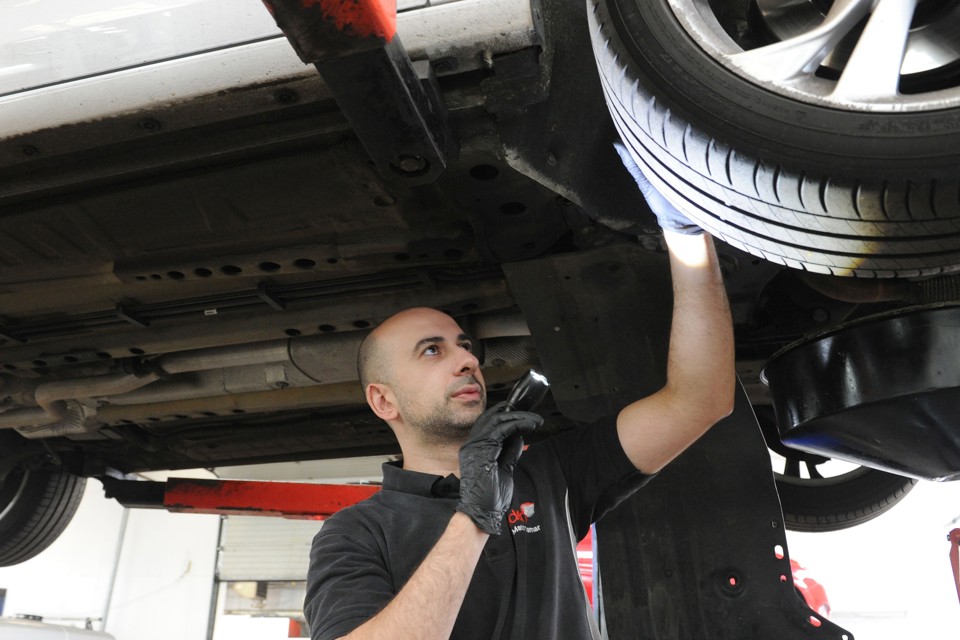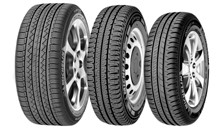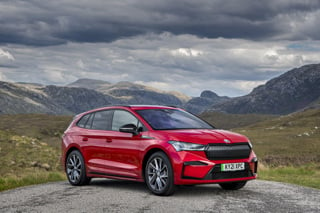Aftersales teams at franchised dealers are failing to sell tyres to customers, even when they’re identified as illegal.
New data from Realtime Communications shows that almost two-thirds of customers leave volume brand franchises with an identified illegal tyre.
For premium brands the number jumps to almost three-quarters.
"From a safety, let alone profit perspective, it cannot be right that the vast majority of people are leaving franchised dealers with tyres identified as illegal through an electronic vehicle health check," said Richard Robinson, COO at REALtime Communications.
In cases where tyres were identified as needing to be changed imminently, franchised dealers achieved a conversion rate of just 4%.
Franchised workshops should consider aftersales retention as "a number one priority" as the impact of three years of falling new car sales starts to tell.
Robinson believes there is a “glaring disconnect” between what should be happening when a tyre safety issue is identified and what is happening.
He said: "Given that the numbers we are publishing are averages and we know that where best practices are adopted, performance improves significantly, some serious work needs to be undertaken in many aftersales teams.
“As a former aftersales manager, I suspect that the issue lies in failing to address customer tyre cost perceptions of a franchised dealer versus a fast-fit, but perhaps even more so in the productivity metrics/rewards used internally.
"The profit per hour from tyres has often been lower than service/repair income. However, as the industry faces rapidly falling servicing work, dealers need to re-think historic metrics or appoint dedicated tyre specialists because much of the £98m of red tyre work identified was never converted. Metrics apart, under a duty of care, work needs to be undertaken to bridge the performance gap."
Serious duty of care concerns were sparked by statistics which revealed that the average UK dealership failed to replace 71% of severely worn tyres in 2018, according to data from autoVHC.



















Login to comment
Comments
No comments have been made yet.